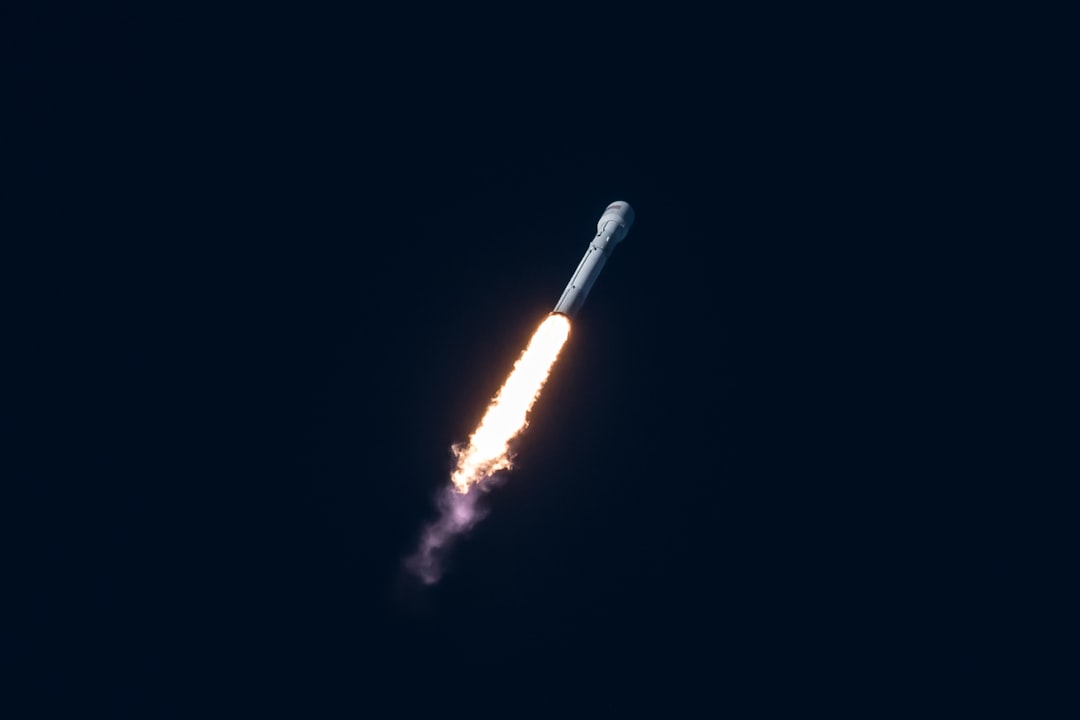Rocket Patience: Why Sometimes Going Slow is the Fastest Route to Space
In our age of on-demand everything, it’s easy to forget that even rocket science obeys the rules of patience. Each time a new launch vehicle is rolled out—like Europe’s Ariane 6—there’s a tendency to focus on the countdown, the spectacle, and the numbers: how many launches, how fast, how soon can we match or outpace competitors?
But the reality behind growing a rocket’s launch cadence is more akin to tending a vineyard than flipping a switch. Every space launch is the result of thousands of precise calculations, rigorous safety reviews, uncountable engineering tweaks, and a complex supply chain that stretches across nations and years. In fact, it took the famed Saturn V nearly a decade from concept to reliable moon-shooting workhorse. The Space Shuttle, too, was launched just five times in its first three years.
So what if this “slowness” is, paradoxically, a key ingredient to progress? Each flight paves the way for improvements not just in machinery, but in methods and mindsets. Failures and delays—so dreaded in popular perception—are often the very crucibles in which better rockets, teams, and international partnerships are forged.
In an era where private companies like SpaceX have made rapid launches look almost routine, it’s tempting to measure all progress by a stopwatch. But maybe the more interesting question isn’t how fast a rocket can be launched, but how careful, collaborative, and sustainable those launches can become.
Perhaps the next era of spaceflight will not just be about going higher and faster—but about building the foundations for a cadence that lasts not for years, but for generations.
This article was inspired by the headline: 'Increase in Ariane 6 launch cadence could take several years - SpaceNews'.

Comments
No comments yet. Be the first to comment!